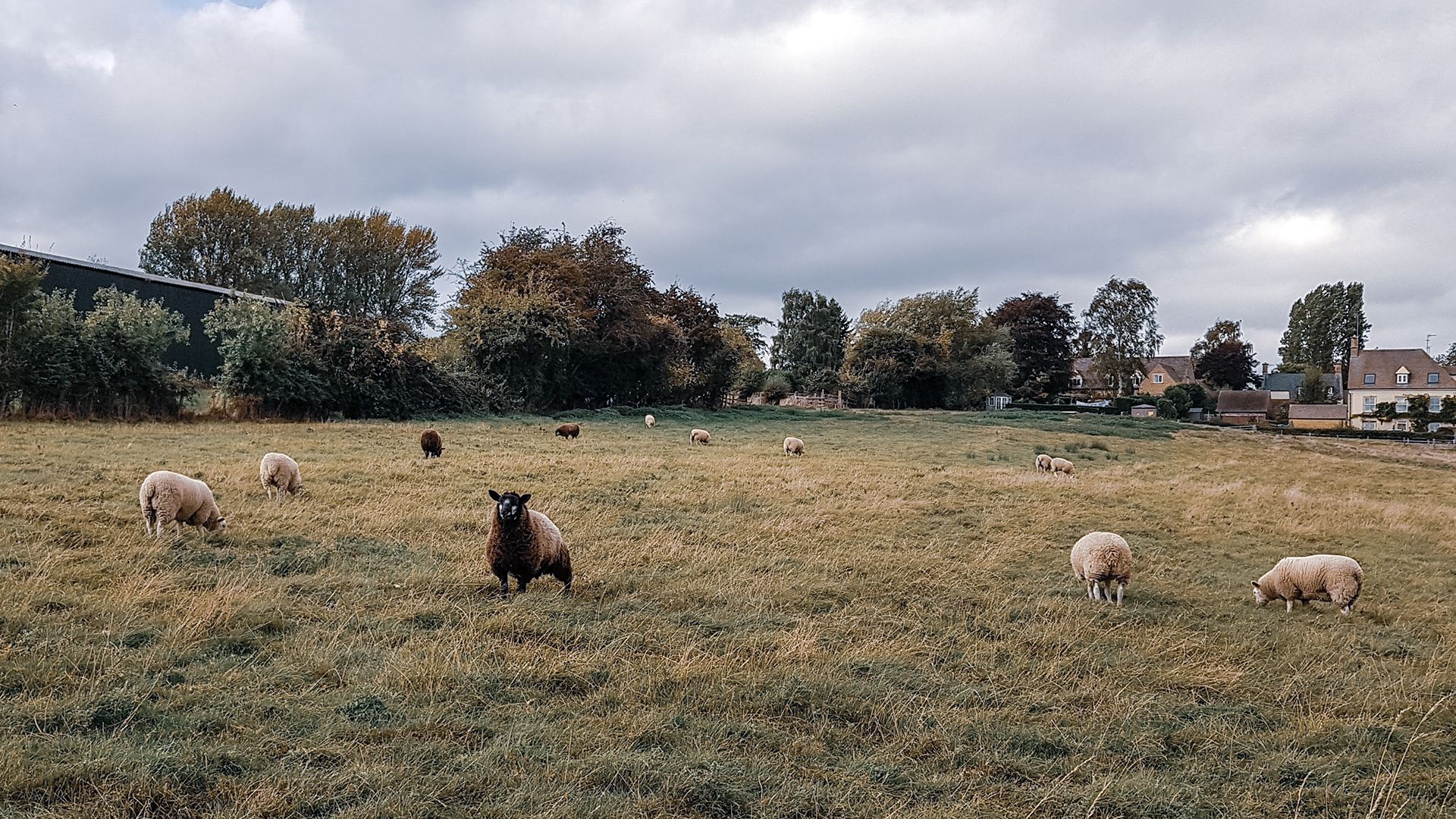Discover idyllic rolling countryside so beautiful that is has been designated an area of outstanding natural beauty since the 1960s.
Discover grand country homes and castles.
Discover quaint chocolate box cottages, all built from golden honey-coloured stone.
Discover vibrant, thriving towns and cities.
Discover time-warp villages that look like they come straight from a film set (and in many cases have been used as film locations).
A wide stretch of land that is eternally beautiful and filled with more history than you could imagine, the Cotswolds are quite a sight to behold.
The English Cotswolds (as they are occasionally known) is an Area of Outstanding Natural Beauty that covers six English counties, stretching from Warwickshire in the north, down to Gloucestershire, Wiltshire and parts of Somerset in the south.
The eastern reaches encompass parts of Oxfordshire, from Blenheim Palace and Woodstock, and to the west it includes parts of Worcestershire as well as the aforementioned Gloucestershire.
It seems odd to refer to them as the English Cotswolds, the area is, among the most quintessentially, stereotypically English areas that one could imagine.
However, there are some hills in Queensland, Australia that also carry the name, so perhaps the distinction is needed, to avoid confusion (hands up if that’s the first time you’ve ever heard of the Queensland Cotswolds?).
In addition to gorgeous landscapes, hills, pastures and quaint towns adorn the area and are almost the very definition of “English.”
You won’t find your typical suburbs here, as each hillside town or village is steeped in history, tradition and localised pride. Take Bibury for an example.
Some of the more notable attractions include:
- Corsham Court, an English country house that was once the residence of one of Henry VIII’s wives
- Sudeley Castle, home and final resting place of Queen Katherine Parr, the last of Henry VIII’s wives
- Beverstone Castle, which was a medieval stone fortress that was constructed in 1229
- Malmesbury Abbey, a Benedictine monastery that was founded around 676 by scholar and poet Aldheim
- Broadway Tower, a Georgian folly, built atop the second highest point in the Cotswolds
- The oldest inn in England The Porch House, in Stow on the Wold (other pubs also lay claim to this title)
- A whole host of things to do near Moreton in Marsh

Although navigating the area by foot is most exciting and fulfilling, there are railway lines that run through the area, so travellers can reach locations that are farther than walking distance, making everything the Cotswolds has to offer easily accessible.
While the historical buildings and lush countryside are well-worth the trip, visitors may also be interested in the music that has prevailed due to the inspiring scenery present.
In the 1900’s, Hebert Howells, Ivor Gurney and Gerald Finzi used to go for long walks over the hills, which was one of the many things that paved the way for Howell’s first major piece of music called the Piano Quartet in A minor.
The Cotwolds are often referred to as “The Heart of England,” and that is not an overstatement. Many consider the area to be the most beautiful location in all of England, but the busy towns that are scattered amongst the quiet villages and hills are also a serious attraction.
On a busy day the town of Burford can at times remind you of the hustle and bustle of London. However the relatively small town still offers the local tradition, food and drink you’d come to expect.
All in all, if you’re in search of a peaceful place to ponder and spend the day, the Cotswolds are a solid choice.